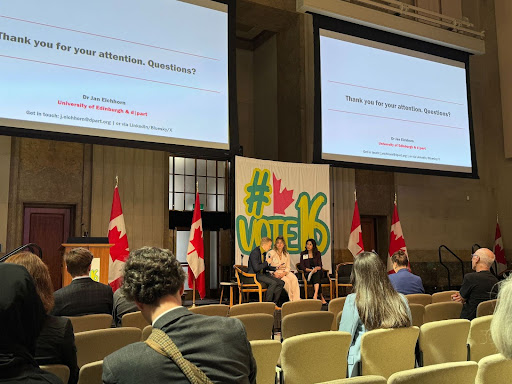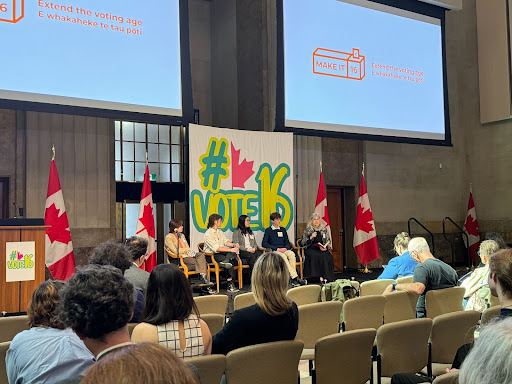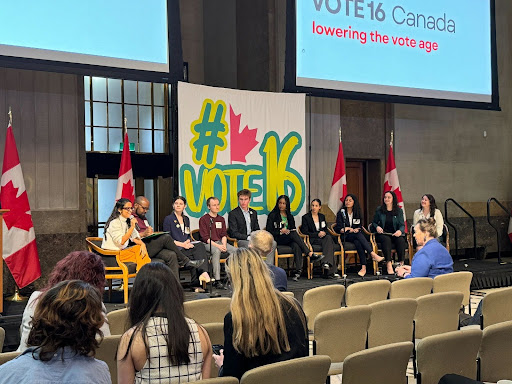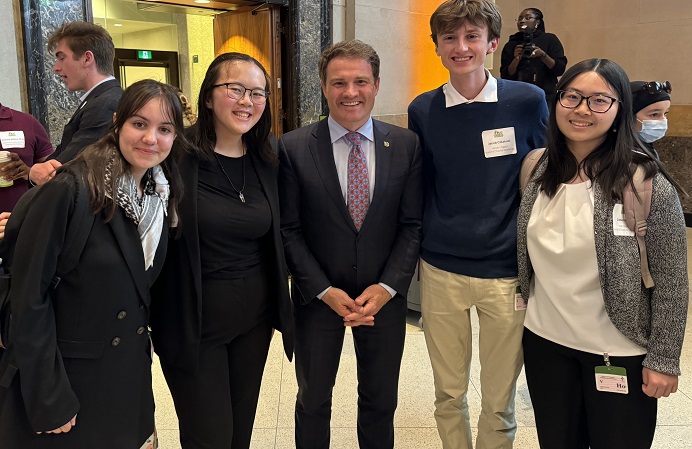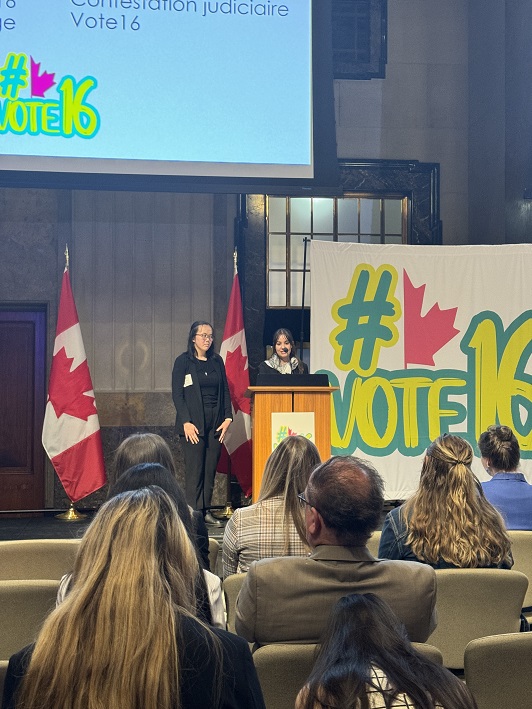by Vlad Mirel, with Neil Abraham and Megan Stephens
In a 5-4 split, the Supreme Court of Canada in Canada (Attorney General) v. Power held that damages may be awarded to those affected by Charter-violating laws. Although the threshold that must be met to be awarded damages remains high, the Supreme Court has confirmed that the Crown does not have complete immunity from damages. Significantly, the Supreme Court’s view achieves a balance between important legislative privileges which weigh in favour of absolute immunity, and the Charter rights of all Canadians that favour no immunity.
Background
In 1996, Mr. Power was convicted of two indictable offenses and sentenced to eight months imprisonment. After serving his sentence, he received his x-ray technician diploma and became a medical radiation technician at a New Brunswick hospital. Over a decade later, Mr. Power’s employer received a tip about his criminal record and his employment was terminated. Mr. Power was subsequently unable to find new employment due to his record and decided to apply for a record suspension. Record suspensions enable those who have served their sentences and have demonstrated they are law abiding citizens to remove their criminal record from the Canadian Police Information Centre’s database and thus help them access employment.
While at the time of his conviction, Mr. Power could apply for a record suspension five years after his release, subsequent legislation made Mr. Power permanently ineligible for a record suspension. This legislation was soon declared unconstitutional by the courts. Mr. Power argued that he was owed damages under s. 24(1) of the Charter based on the breach of rights he suffered from the unconstitutional legislation.
Mackin Revisited
Much of this case was based upon revisiting the decision in Mackin v. New Brunswick (Minister of Finance), where the Supreme Court held that the Crown could be liable for damages if legislation was clearly unconstitutional, adopted in bad faith or an abuse of power. Canada sought to overturn Mackin in this appeal by arguing that it was entitled to absolute immunity in order to preserve its legislative privilege and protect the separation of powers. Parliamentary privilege plays an important role within Canadian politics, ensuring the legislature is able to execute its functions without fear of external review. Canada argued that if it were subject to damages, it would represent a loss of this privilege. Furthermore, Canada argued that the judiciary should not be able to demand the Crown pay damages as these two entities must be kept in isolation from each other based on the separation of powers.
Decision
The Asper Centre intervened in this appeal and its submissions can be traced throughout the majority’s decision. The Supreme Court agreed that adopting absolute immunity would ignore important constitutional principles of equal significance to legislative privilege. Instead, the Court approached the question by asking how s. 24(1) could be interpreted in a way that would reconcile these Canadian constitutional principles, including constitutionality and the rule of law, rather than allowing legislative privilege to trump Charter rights.
First, the Supreme Court held that forcing the Crown to pay damages for unconstitutional laws drafted by Parliament would not be a threat to parliamentary privilege. While legislative privilege ensures those creating legislation are free from external review, it does not extend the same protections to the state itself. Thus, as the damages would be levied upon the Crown rather than individuals, limited immunity would present no threat to this parliamentary privilege.
The Court also found that limiting the state’s immunity is consistent with the separation of powers, as each branch does not work in total isolation. Holding the legislature accountable for its misuse of power would not constitute judicial interference.
Having upheld the ruling in Mackin and reiterated the state’s limited immunity, the Court moved to clarify aspects of Mackin. In accordance with the Asper Centre’s own submissions, the majority first clarified that the “clearly wrong” (now termed “clearly unconstitutional”) threshold required for damages to be awarded is based on an objective standard. Thus, a claimant must demonstrate that it was clear at the time of the law’s enactment that the state would be violating Charter rights. By adding this objective standard, the Supreme Court has permitted plaintiffs to seek damages by arguing for the rights-violating effects of the respective law rather than requiring them to explicitly demonstrate any bad faith. However, a demonstration of Parliament’s bad faith would still provide an effective way of receiving damages.
Furthermore, the Supreme Court affirmed the three-part test established in Vancouver (City) v. Ward for determining whether damages ought to be awarded in the case of a Charter breach. Now, the Power “clearly unconstitutional” threshold will be utilized to inform the third part of the Ward test, which asks whether the state has demonstrated that countervailing factors do not support damages being awarded. Thus, when investigating Charter damages, state immunity is considered within a wider three-part test rather than as a preliminary question.
Dissent in Part
Justices Jamal and Kasirer dissented in part. Although they agreed with the majority that a clearly unconstitutional law should lead to an award of damages, they disagreed that a demonstration of the Crown’s “bad faith” should achieve the same result. In Justice Jamal and Kasirer’s opinion, examining the intention of legislators in creating a law would represent the judiciary “second guessing” the legislature, and thus permit the judiciary to intrude upon legislative privilege. Thus, a Court deciding whether to award damages should only inquire if a law was clearly unconstitutional at the time of its creation and not if it was enacted in bad faith.
Dissent
In dissent, Justice Rowe and Côté argued that Canada should be allotted absolute immunity. Rowe and Côté expressed concerns that enabling courts to hold the Crown liable in damages effectively forces courts to adopt a supervisory role over the legislative process. Broadly speaking, both Justices agreed with Canada’s submissions, deciding that forcing the state to be held liable in damages for an unconstitutional law would stand in direct contradiction to legislative privilege. Furthermore, the separation of powers directly precludes the judiciary from scrutinizing the legislative process.
Looking Forward
The Supreme Court in Power has confirmed that state immunity is not absolute and has clarified the framework that future litigants will utilize when seeking damages for Charter breaches. Those who attack laws based on their unconstitutionality must orient their pleadings in a way that show “clear” rights violations which meet the “clearly unconstitutional” threshold. Proving that an impugned law has achieved this level of unconstitutionality will likely require utilizing precedent, which demonstrates the importance of employing language from existing authorities to prove the adverse effects of legislation.
Megan Stephens and Neil Abraham, the Asper Centre’s counsel in this intervention, commented that although the “clearly unconstitutional” threshold for damages has now been confirmed, it is unknown what form this threshold will truly take in practice. Instead, it is only through the resolution of future cases on this issue that the threshold will become clearly defined. Despite this uncertainty, Stephens and Abraham argue that the open-ended nature of “clearly unconstitutional” signifies that plaintiffs still have more than enough space to bring and argue their claims.
Stephens and Abraham also note that Power will be highly relevant for cases challenging laws passed through the notwithstanding clause. Parties to such cases should consider utilizing the invocation of the clause as proof that the legislature passed the law recklessly or in bad faith. Indeed, there are many cases in the lower courts that are currently challenging laws passed through s. 33, such as gender identity cases in Saskatchewan and New Brunswick, as well as religious symbols and language cases in Quebec.
Lastly, it remains to be seen whether Power will enable claimants to receive individual remedies under s. 24(1) even where the law cannot be struck down due to s. 33. In much of this future litigation, the language utilized in Power that balanced Charter rights with legislative principles will likely be used to evaluate how constitutional supremacy can be balanced with the legislative use of s. 33.
Vlad Mirel, U of T Law JD Candidate and Asper Centre Summer RA, with Neil Abraham and Megan Stephens, pro-bono counsel acting for the Asper Centre in the Power intervention

